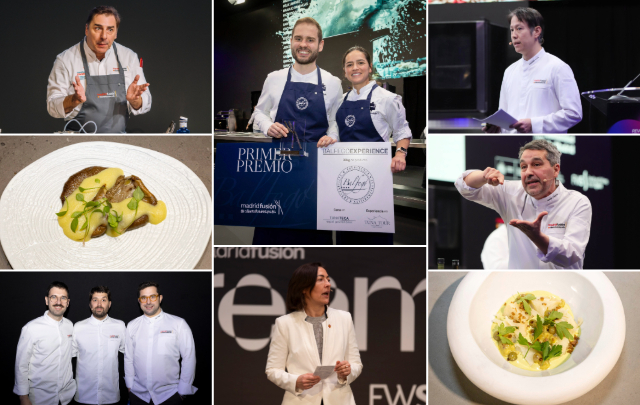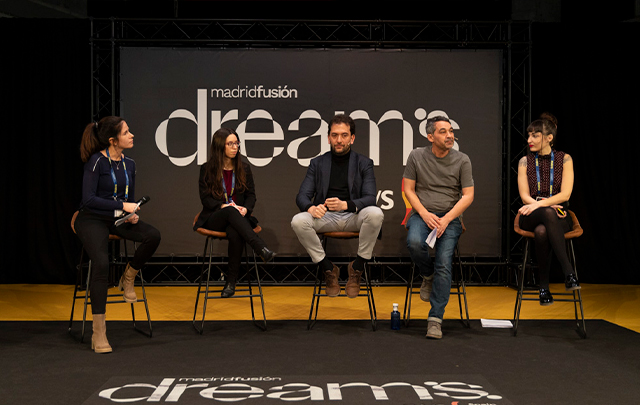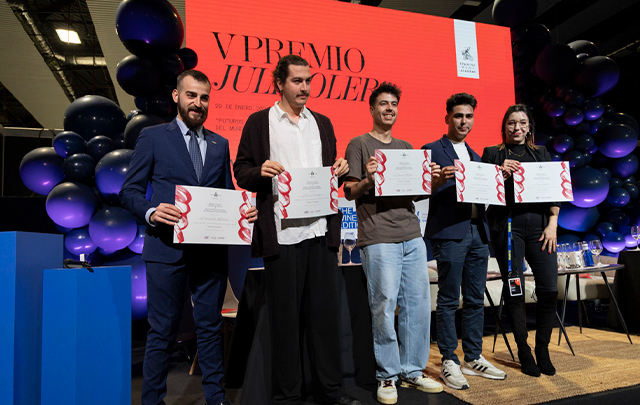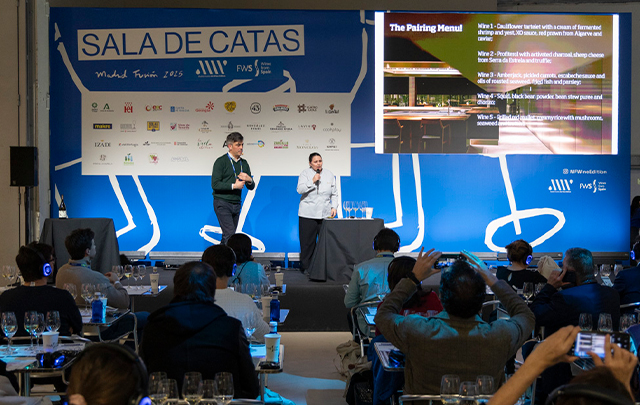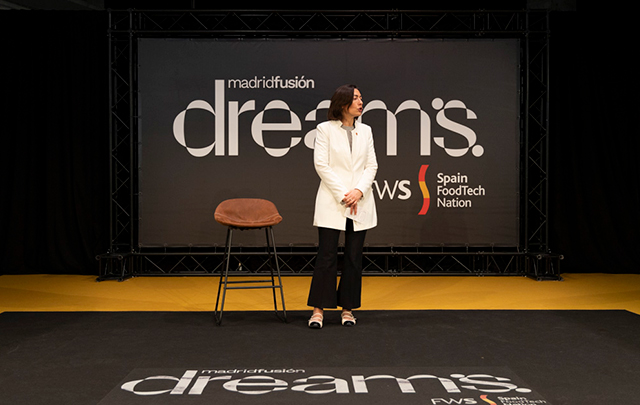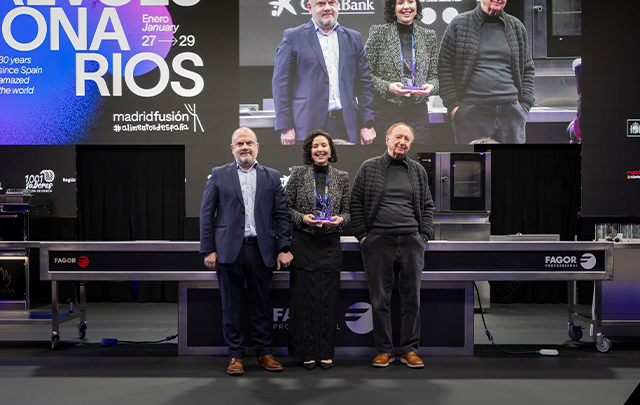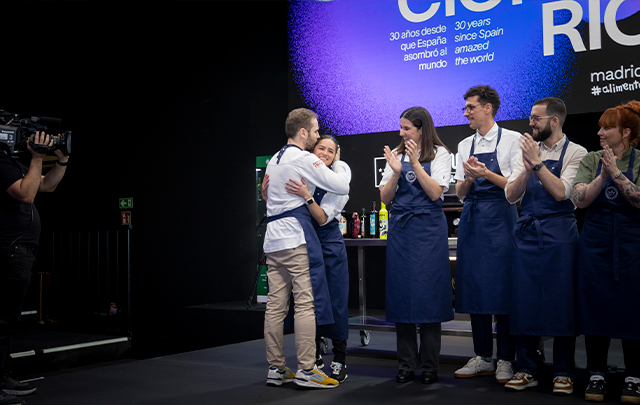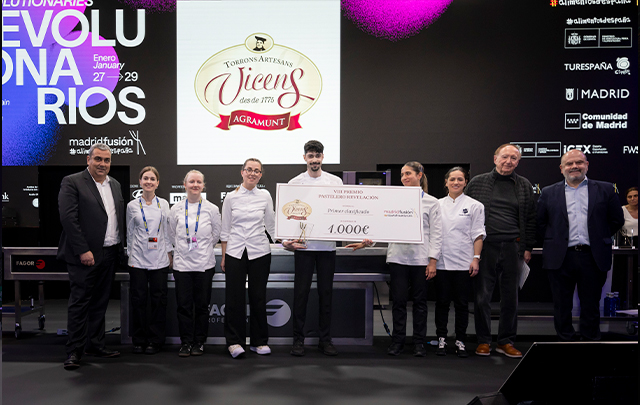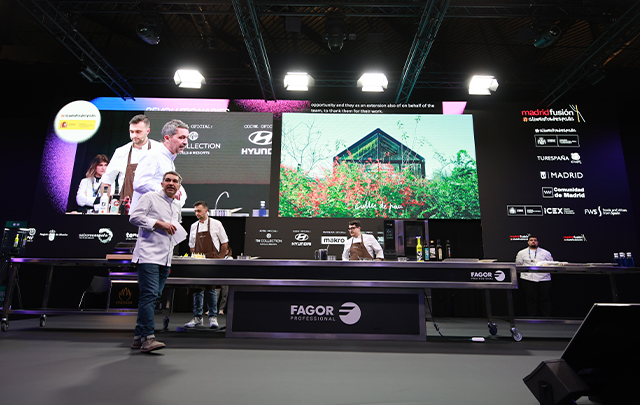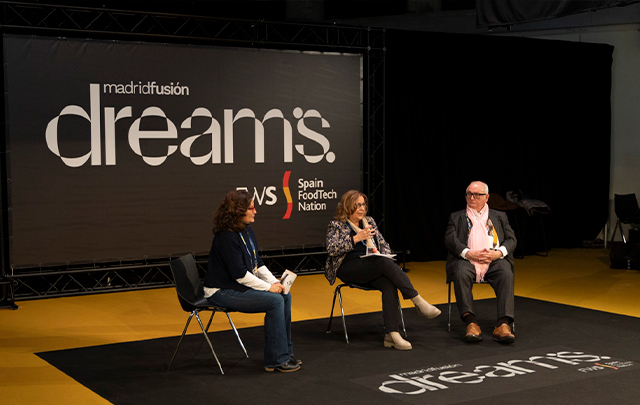News
The world's food supply depends on anemones, sea cucumbers and algae
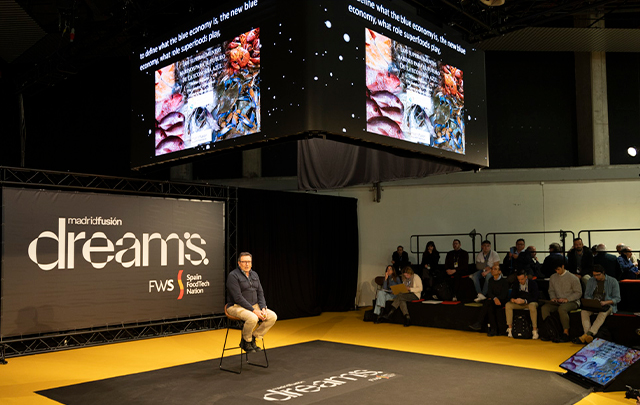
Superfoods could end world famine and regenerate the oceans, according to scientist Carlos Duarte, by planting species previously disregarded in the kitchen
The data on the state of life in the oceans gives no reason for optimism: 20 species lost in 300 years, 830 species in danger, an 89% decrease in exploited marine fauna and a third of fisheries overexploited. In addition, oxygen is declining and acidity is increasing. Faced with this almost apocalyptic scenario, the Wave Platform has set itself three objectives: to harvest the oceans, eliminate pollution and mitigate climate change, and protect the marine environment and species. “It's about trying to reverse the loss in the ocean,” says Carlos Duarte, professor at the Abdulah University of Science and Technology (Saudi Arabia) and scientific director of the program. Based on a roadmap published in Nature five years ago, the goal is to achieve “a generation. The lever is the blue economy, distinct from the maritime economy, which seeks to increase economic performance, with a regenerative proposal.”
According to their calculations, presented at Madrid Fusion, the current yield from the seas can be multiplied by five, increasing from five trillion dollars a year in “economic value” to 15.5 trillion dollars. “With a return of ten euros for every euro invested”. The idea would affect five sectors: marine energy, blue superfoods, catering, biotechnology and zero-emissions maritime transport.
Of all of them, blue superfoods could even end world hunger. “In 2015 there were 500 million people at risk of starvation and in the last ten years this figure has doubled. But superfoods would be affordable for everyone and they have other advantages: they are a nutritional source of iron, iodine, omega 3..., they have a low and positive carbon footprint, their water footprint is zero because no fresh water is needed to produce them and they also have a zero chemical footprint as they do not use pesticides or herbicides”. The data from their research indicates that fish and molluscs have a similar footprint to vegetables, well below livestock.
New aquaculture
The roadmap relies on aquaculture, which would undergo a paradigm shift. “Wild fisheries peaked in the 1990s and declined from 10% to 15% in these years, and there are many areas still in a critical situation. But aquaculture today faces the same thing that happened with agriculture 10,000 years ago. It is now a new industry.”
The equation is the following: to produce one kilo of mussels, ten kilos of algae are consumed; to produce one kilo of anchovies, 10,000 kilos of algae are consumed; and to produce one kilo of tuna, 100,000 kilos of algae are consumed. “Every step we take down the marine food chain, we increase the efficiency of food production tenfold. The further down, the more sustainable the food.” So? ‘It's important to focus down there,’ where the superfoods are: anemones, sea cucumber, sardines, mussels, oysters, abalones and macroalgae. “To produce them on a large scale, we need to focus on getting aquaculture free of subsidies for wild species.” The reason? Of all the world's fishing, a tenth is used to make fishmeal to feed aquaculture fish. If instead of farming these fish, food were produced with what they consume, the figure would go from five million kilos of food (fish) to 25 million (fishmeal). “The feed from today's aquaculture farms would be used to feed countries with nutritional deficits. We need to produce algae, molluscs and other filter feeders.”
More advantages: this paradigm shift would regenerate the oceans: “It generates natural capital because it provides habitat for biodiversity, it absorbs carbon, it helps wild species...” says Duarte. “The sea's capacity to increase algae cultivation can be multiplied by a thousand. There could be more than 670,000 km² of cultivation,“ Duarte says. ‘But to take advantage of it, new concepts must be developed, as Ángel León does at A Poniente, such as sea rice, which are seeds from a marine plant, ’Zostera'. That is the role of chefs.” The challenge begins.

